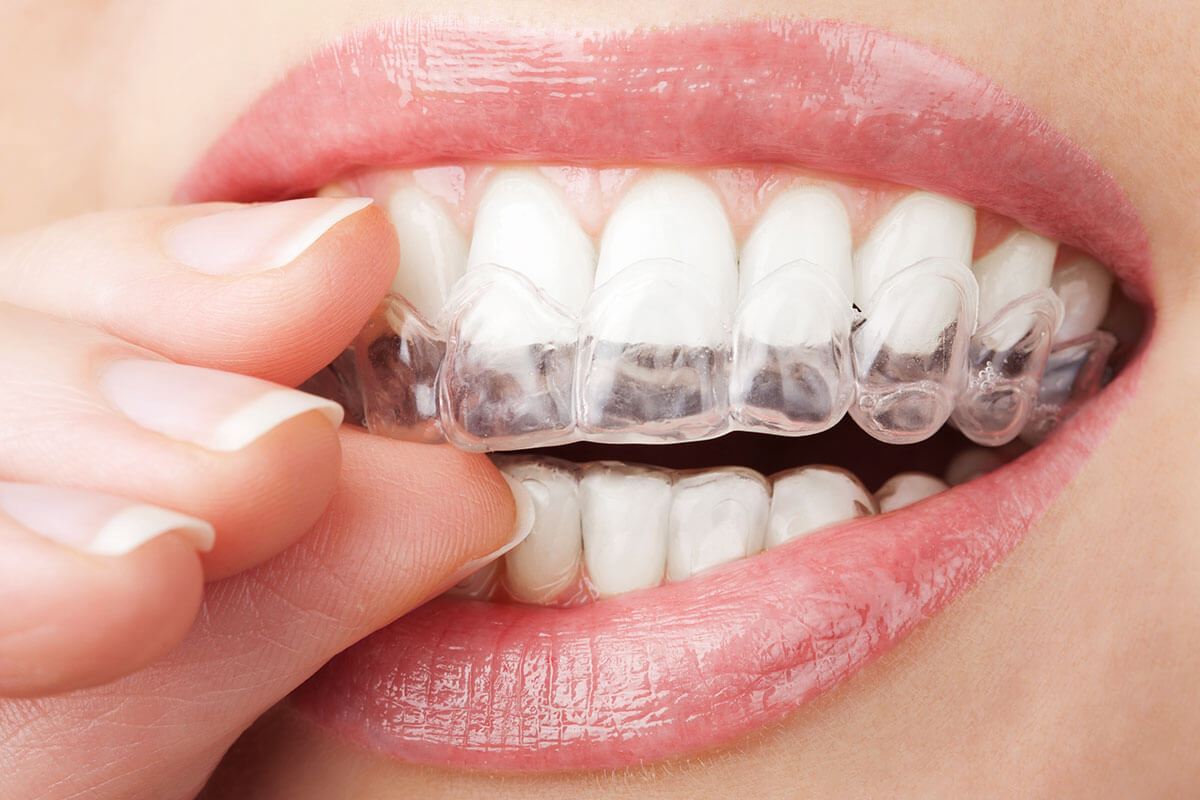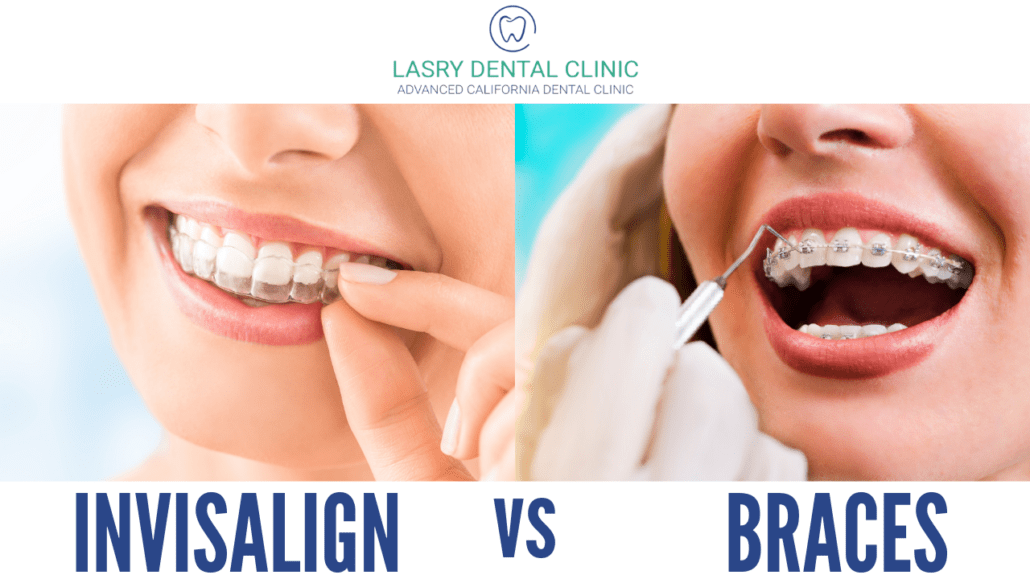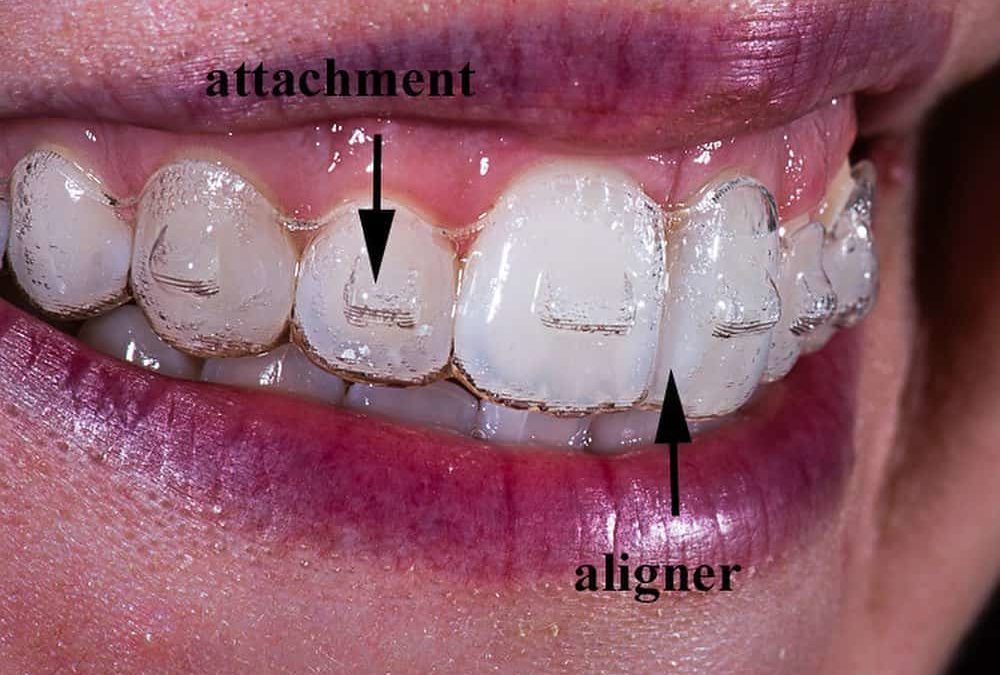Maintaining Oral Health While Making Use Of Invisalign: Tips for a Smooth Experience
Maintaining Oral Health While Making Use Of Invisalign: Tips for a Smooth Experience
Blog Article
Invisalign vs. Conventional Braces: Which Alternative Is Right for You?
When taking into consideration orthodontic treatment, the choice between Invisalign and typical braces presents numerous crucial aspects that warrant cautious evaluation. Invisalign offers a very discreet alternative with removable aligners, while typical dental braces give an extra noticeable yet reliable solution for extreme imbalance.
Review of Treatment Options

In comparison, traditional dental braces contain steel brackets and cables that are bonded to the teeth. This method uses continuous stress over time to achieve positioning. While effective for intricate orthodontic problems, conventional dental braces require normal visits for changes and can posture challenges in keeping oral hygiene as a result of the difficulty of cleaning around braces and cables.
Both alternatives have their advantages, and the option commonly pivots on particular dental conditions, lifestyle choices, and person conformity. Inevitably, consulting an orthodontic specialist is vital for identifying the most suitable treatment plan tailored to private needs. Recognizing the subtleties of each alternative can substantially influence the general success of orthodontic therapy.
Aesthetic Factors To Consider
A significant factor affecting the selection between Invisalign and standard dental braces is the visual appeal each treatment supplies. Invisalign aligners are crafted from clear plastic, making them practically unnoticeable when used. This discreet appearance is particularly attracting teens and grownups that might really feel awkward about their orthodontic treatment. The capability to keep an all-natural smile throughout the positioning procedure can considerably enhance the individual's confidence in professional and social setups.
On the other hand, standard dental braces contain metal braces and cables, which can be a lot more noticeable. While innovations in orthodontic technology have led to the advancement of smaller braces and tinted elastics, traditional braces still maintain an even more conspicuous account. For some individuals, the exposure of braces may prevent them from seeking necessary treatment.
Eventually, the selection between Invisalign and conventional braces might hinge on personal preferences concerning looks. Patients that focus on discretion commonly favor Invisalign, while those who are less concerned regarding presence might choose for conventional braces. Comprehending the visual effects of each choice is important for making an educated decision that lines up with one's way of life and choices.
Comfort and Convenience

In terms of ease, Invisalign aligners are removable, allowing patients to enjoy their favored foods without constraint and maintain ideal dental health. Cleaning and flossing are streamlined, as the aligners can be gotten throughout these routines, whereas conventional dental braces call for cautious navigating around cables and brackets.
In comparison, traditional braces demand routine changes, making them much less convenient for those with hectic timetables. Generally, the convenience and ease of Invisalign make it an appealing option for several individuals seeking orthodontic therapy.
Treatment Duration and Efficiency
While both Invisalign and typical dental braces are efficient in correcting oral misalignments, the period of therapy can differ dramatically between both choices. Commonly, Invisalign therapy can take anywhere from 12 to 18 months, relying on the complexity of the instance. The clear aligners work by slowly moving teeth into their preferred placements, and routine follow-ups with an orthodontist aid guarantee development continues to be on course.
In contrast, standard dental braces commonly helpful hints need a longer commitment, generally ranging from 18 months to 3 years. This is because of their fixed nature and making use of wires and brackets, which can be much more effective for complicated situations and extreme imbalances (Invisalign). The therapy performance of typical braces is well-documented, as they enable specific changes and better control over tooth activity
Eventually, the choice in between Invisalign and traditional braces may rest on both the expected treatment duration and the specific dental problems at hand. Consulting with an orthodontist is important, as they can provide customized referrals based upon specific demands, ensuring the selected method aligns with desired timeframes and results.
Cost Comparison and Insurance Policy Alternatives
Cost plays a substantial role in the decision-making process for individuals considering orthodontic therapy, whether deciding for Invisalign or typical braces. Usually, the price of Invisalign arrays from $3,000 to $8,000, while traditional dental braces generally cost between $2,000 and $6,000. Elements affecting these costs consist of the intricacy of the case, the duration of treatment, and geographical location.
Several oral insurance plans give partial protection for orthodontic treatments, yet the specifics can differ widely. Usually, traditional dental braces might be much more frequently covered by insurance strategies contrasted to Invisalign, which some insurance companies classify as an aesthetic procedure.
In addition, several orthodontic practices use flexible repayment strategies, making both treatment options more obtainable. Individuals should ask about potential financing options and discounts for in advance payments. Reviewing the total price, consisting of insurance advantages and payment plans, is important for making a notified decision that straightens with both visual choices and budget plan considerations.

Final Thought
In recap, the option in between Invisalign and typical braces depends upon several factors, consisting of aesthetic preferences, convenience, therapy period, and cost. Invisalign supplies a very discreet, removable choice that helps with dental hygiene and dietary flexibility, while standard dental braces might be better for intricate oral problems and frequently come with a reduced cost point. Eventually, assessment with an orthodontist is vital to examine specific scenarios and identify one of the most appropriate therapy alternative for attaining optimum oral positioning.
When thinking about orthodontic therapy, the selection in between Invisalign and standard braces presents a number of essential aspects that merit careful evaluation.Comparing go to website Invisalign and standard dental braces look at this web-site exposes unique treatment choices for orthodontic modification.While both Invisalign and traditional dental braces are efficient in correcting dental misalignments, the period of treatment can vary considerably in between the two choices.Cost plays a substantial function in the decision-making process for people thinking about orthodontic therapy, whether opting for Invisalign or conventional braces.In summary, the option between Invisalign and typical braces pivots on numerous variables, including visual choices, convenience, treatment period, and expense.
Report this page